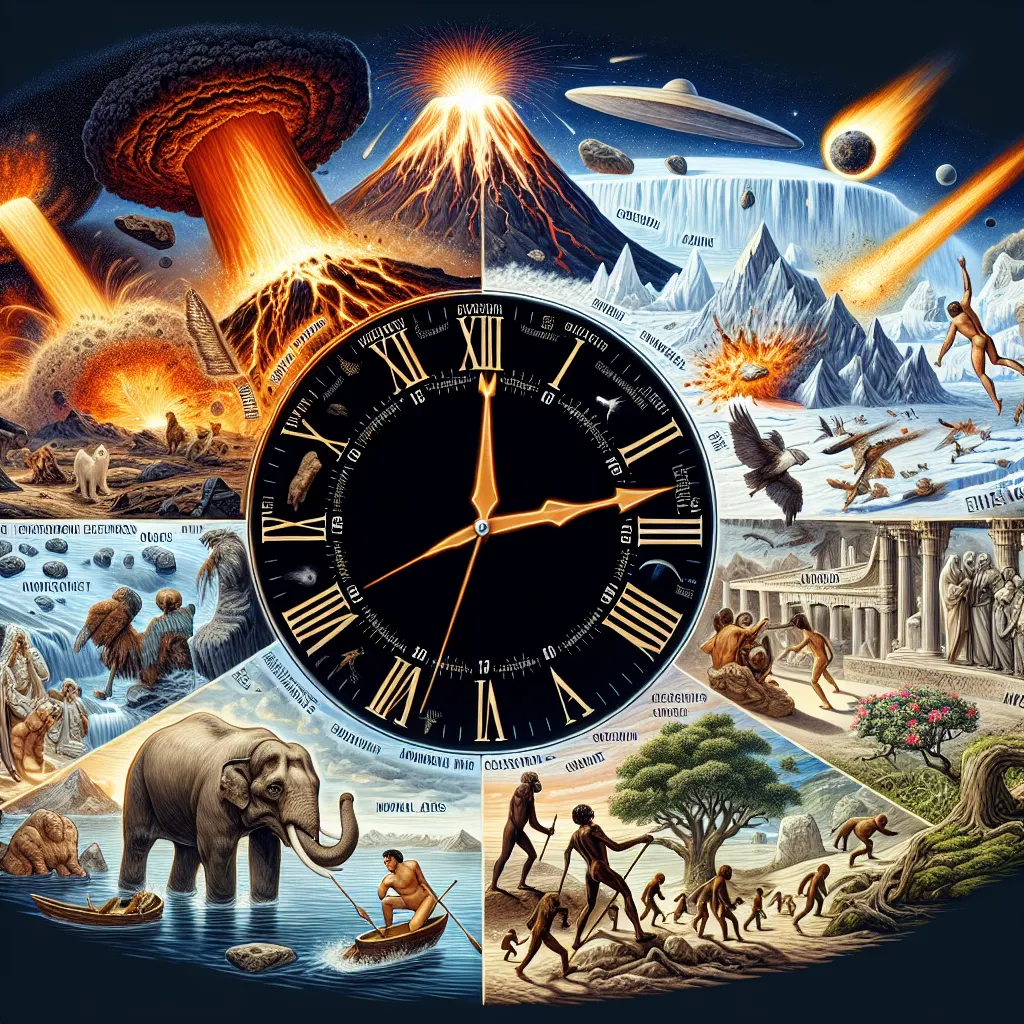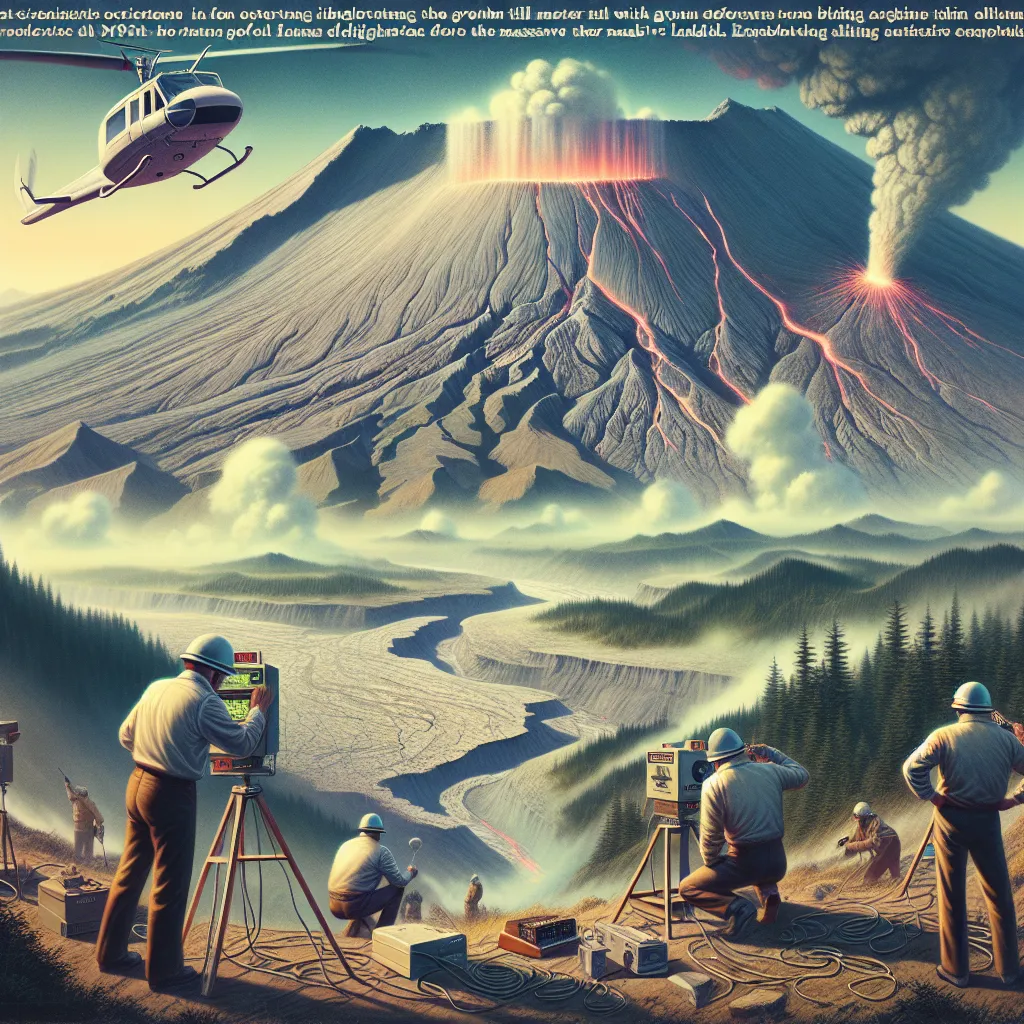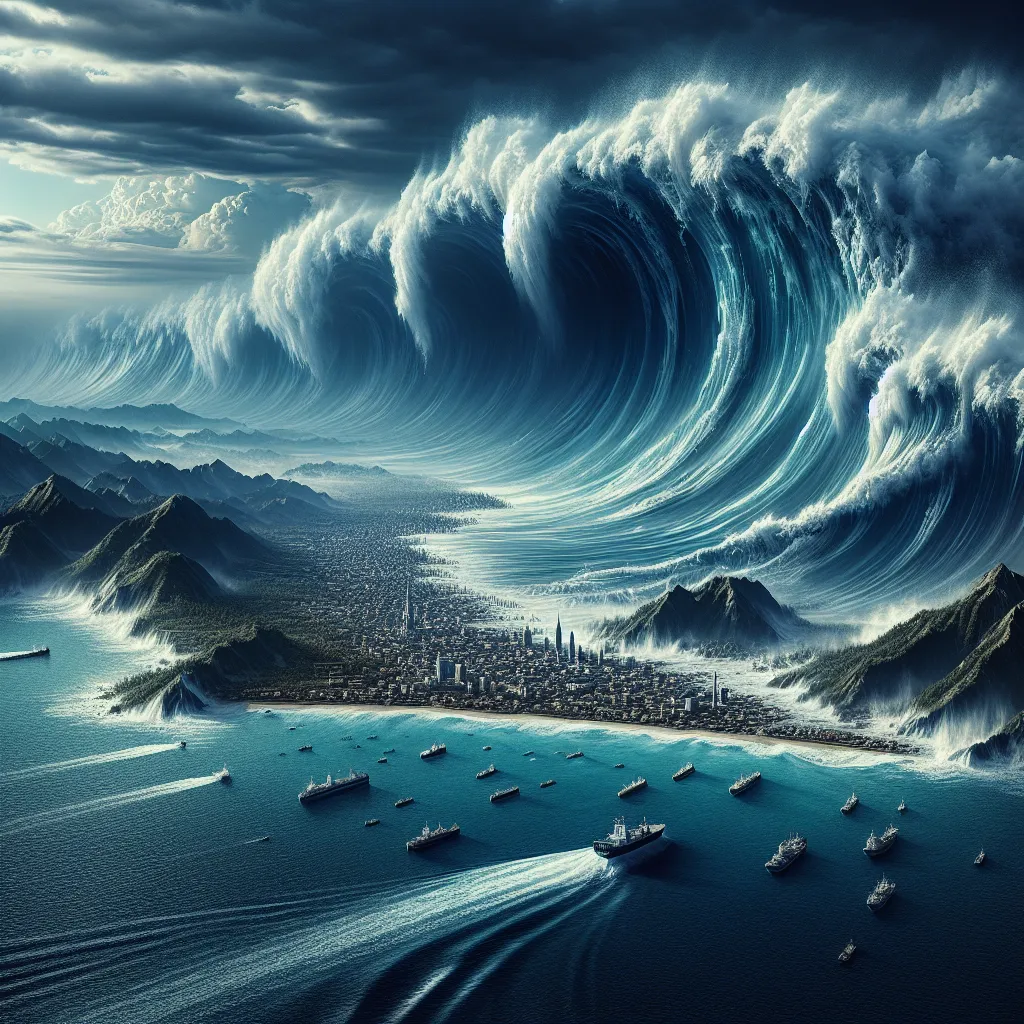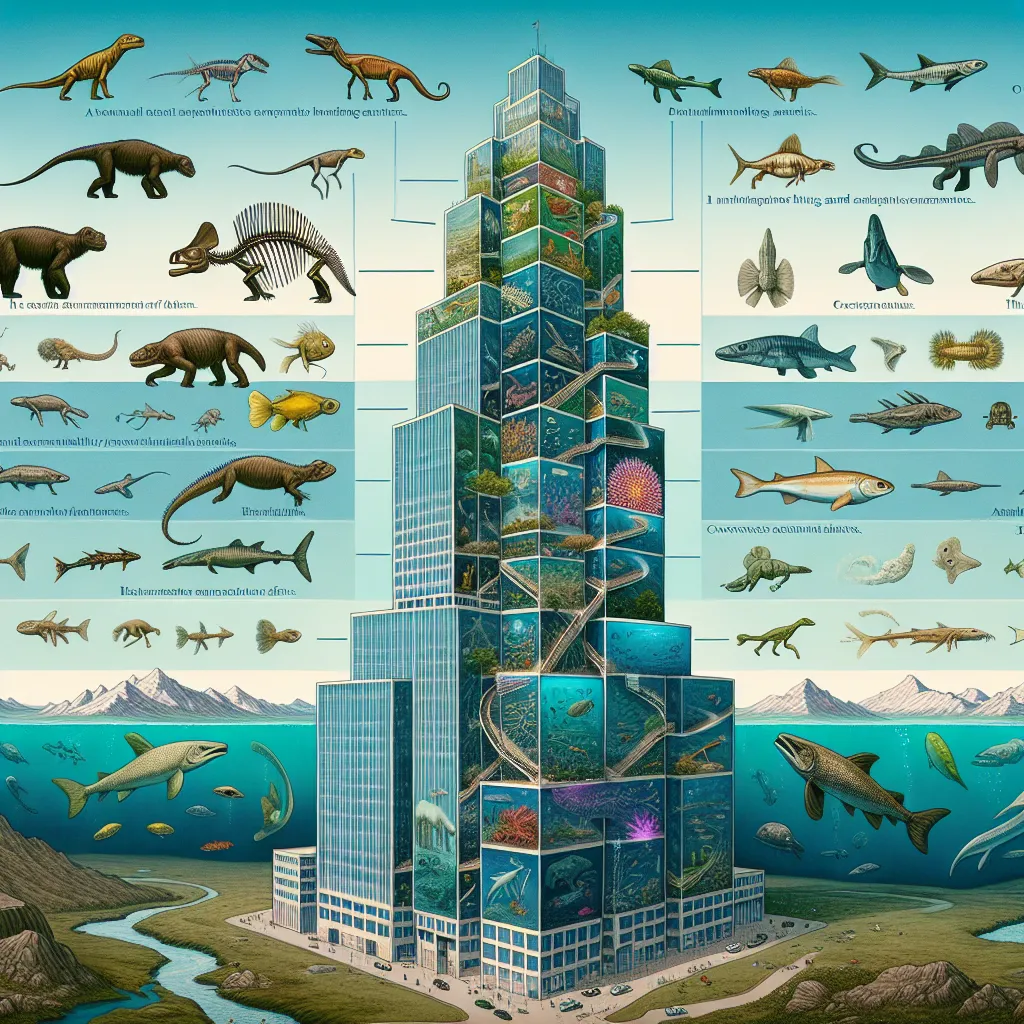Life on Earth is a tale of survival against the odds. From Earth’s earliest days, disaster has played a pivotal role in shaping the planet and its inhabitants. Astonishingly, 99% of species that once roamed Earth are now extinct. Yet, humans, for now, have managed to dodge this bleak fate. But our history whispers of our vulnerability.
To fathom Earth’s 4.5 billion-year saga, picture it as a 24-hour clock. Earth formed at midnight and just nine minutes later, a cosmic collision redefined its landscape. Life emerged and evolved, but by 8:30 PM, a frozen planet greeted its inhabitants. Fast forward to 10:40 PM, and volcanic eruptions were giving Earth a toxic makeover. At 11:38 PM, a giant meteorite struck, ending the reign of dinosaurs and paving the way for mammals. Finally, in the closing moments of the day, humans, or Homo sapiens, emerged, migrating from Africa 85,000 years ago. Today, we occupy nearly every corner of the globe, but our journey has been far from smooth.
Some 74,000 years ago, a catastrophe nearly wiped out life in India. Geneticist Steven Oppenheimer noted a mysterious reduction in genetic diversity among India’s early settlers, tracing it back to the eruption of Indonesia’s supervolcano, Toba, that nearly obliterated the subcontinent. The eruption, classified as “Mega colossal,” sent a cloud of volcanic ash thousands of miles, drastically altering global climate and almost erasing humanity from India.
Volcanoes, like Alaska’s Mount Augustine, are powerful. During its 2006 eruption, debris raised the summit by over 200 feet. Imagine then, the devastation of a supervolcano like Yellowstone in the U.S.—an eruption 20 times the size of Manhattan beneath its surface, which last erupted 640,000 years ago. If Yellowstone or another supervolcano erupts again, the impact would touch every life on Earth.
21,000 years ago, glacial ice gripped the planet during the last glacial maximum. This brutal freeze dramatically reshaped human existence. As glaciers advanced, early humans had no choice but to migrate south or face extinction. Battered and frozen lands forced our ancestors into a survival game that would only end with the retreat of the ice almost 7,000 years later, igniting the spark for civilization as we know it.
Space too has been a relentless adversary. Around 13,000 years ago, evidence suggests an asteroid strike—akin to the one that left the famous meteor crater in Arizona—may have decimated North America’s mega mammals and disrupted human life. This potential cosmic event left no crater due to the protective ice sheets of the time, which, much like a bulletproof vest, masked the impact over time, leaving scientists today to piece together the ancient puzzle.
Today, astronomers like those at Arizona’s Mount Lemon observatory vigilantly watch the skies for near-Earth objects. Their mission is to identify potentially devastating asteroids that could spell disaster for Earth. History tells us small asteroids, like the one responsible for Tunguska’s massive blast in 1908, could wipe out an entire city—a terrifying reminder of our precarious existence.
Our civilization’s remarkable 8,000-year success relies heavily on environmental stability. But if history’s any guide, we can’t become complacent. Whether from volcanic fury, glacial ice, or cosmic collisions, a global disaster could strike at any time. Our moment on Earth’s 24-hour clock is delicate. We’ve been fortunate thus far, but the forces that shaped our past still linger, waiting for their chance to strike again.






